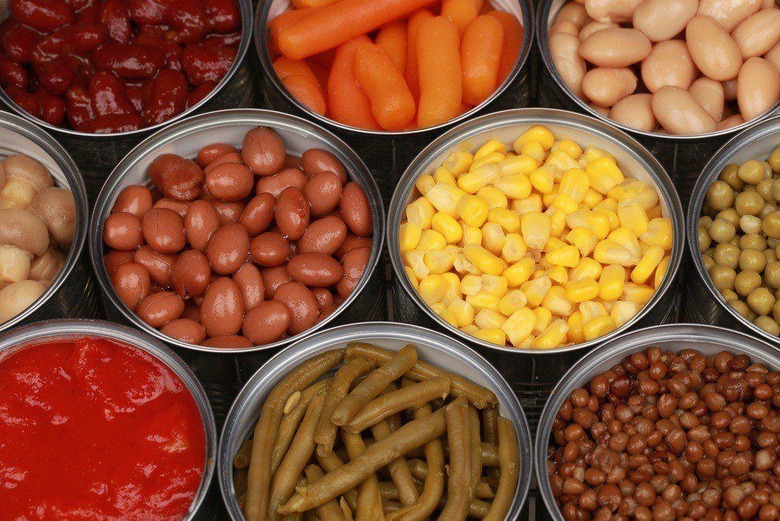3 Canned Foods You Should Add To Your Diet
The canning process was invented in early 19th century in France as a way to feed Napoleon's massive army. Canning prevented microbial growth and extended the transportability of food stuffs, which allowed for longer military campaigns.
People have been using this ingenuous preservation method ever since.
Canned goods, which have an expiration date ranging from one to five years, are nutritionally comparable to their fresh counterparts, and cost less due to their long shelf life. The range of edible creations that have been sealed in cans is incredible — maybe even a little shocking. Mushrooms, carrots, tuna, salmon, pork, chicken, beef, beans, lentils, and even peanut butter and jelly sandwiches can all be found in a cans.
Many canned foods options exist, but here are the ones you need to include in your diet.
Salmon
Fresh salmon is expensive and should be cooked a day or two after purchase — not to mention that it also imparts an unpleasant fishy odor to the kitchen (or the whole house). Canned salmon comes pre-cooked and deboned, and doesn't require you to turn on the stove. A 3-ounce can of salmon is only 118 calories, contains 17 grams of protein, and is a rich source of omega-3 fatty acids. One serving of canned salmon delivers 100 percent of your daily allowance of vitamin D, and 60 percent of your vitamin B 12. Try using it in this delicious Quinoa Salmon Cake or Salmon Burger with Avocado-Lime Guacamole.
Click here for the 10 healthiest and unhealthiest canned seafoods.
Lentils
A can of lentils costs only about a buck, and it is easily transformed into a complete meal when served over some grains. Per serving, canned lentils contain 80 calories, six grams of protein, and four grams of dietary fiber, and offer a diverse range of minerals such as folate, fiber, copper, phosphorus, manganese, and iron. Lentils are a true superfood that may even add years to your life.
Click here for the best lentil recipes.
Butter Beans
Butter beans sound as if they were ripped straight from the text of a Harry Potter novel. They term is used as a synonym for lima beans in some regions, but we're talking about the ones that are large and beige in color. These hearty beans are creamy and flavorful, and their size lets them play a central role in recipes. They are a low-fat source of protein, with a one cup serving containing 10 grams of protein and only 2 grams of fat. Butter beans are also a vegetarian source of zinc, a mineral important to fortifying the immune system.
